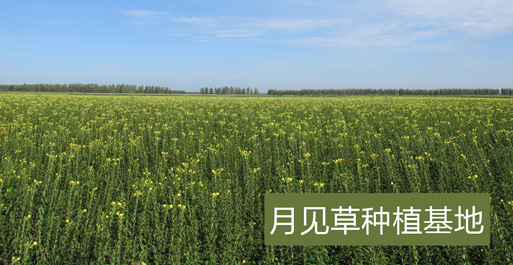INCI name: | Oenothera biennis |
Part used: | Seeds |
Extraction method: | Cold pressing |
CAS No.: | 90028-66-3 |
Origin: | China |
Appearance : | Light yellow to yellow oily liquid |
Odour: | Gentle and with a slight fragrance |
Relative Density(20℃): | 0.912~0.928 |
Refractive index(20℃): | 1.472~1.483 |
Acid value (mgKOH/g): | ≤2.0 |
Moisture and volatile matter (%): | ≤0.1 |
Soap change value: | N/A |
The main fatty acid composition (%): | Gamma linolenic acid (C18:3): 8.0 ~ 12.0 |
The oil acid (C18:2):60.0 ~ 82.0 | |
Oil acid (C18:1):4.7 ~ 15.0 |
Oenothera biennis is a species of Oenothera native to eastern and central North America, from Newfoundland west to Alberta, southeast to Florida, and southwest to Texas, and widely naturalizedelsewhere in temperate and subtropical regions.Evening primrose oil is produced from the plant. |  |